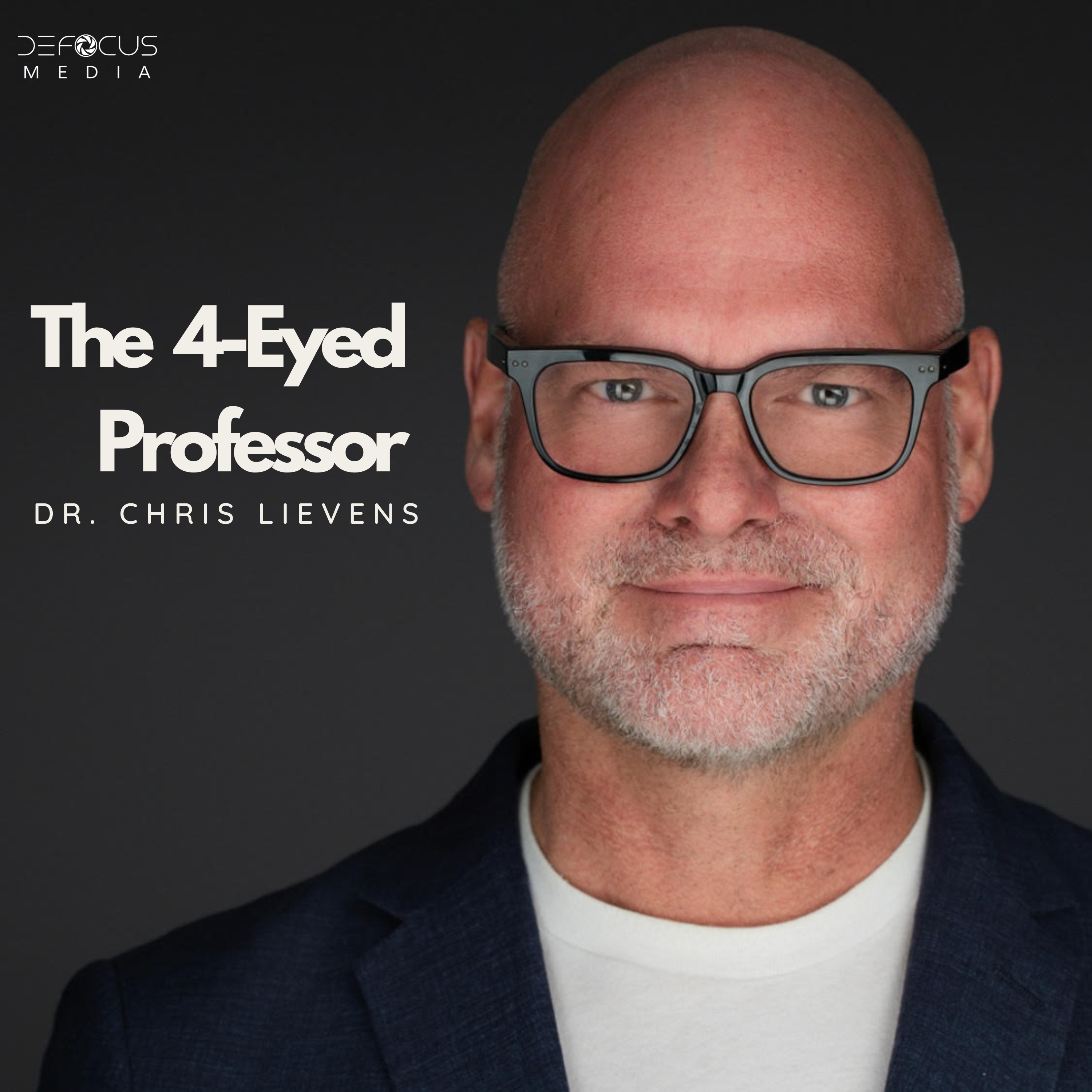Podcast Episode Details
Back to Podcast Episodes
Izervay (Avacincaptad Pegol) for Geographic Atrophy: Uses & Action
Key Takeaways
- What is Izervay used for: Izervay (avacincaptad pegol) is FDA-approved to slow the progression of geographic atrophy secondary to age-related macular degeneration, preserving vision for longer.
- Izervay mechanism of action: By inhibiting complement protein C5, Izervay helps reduce retinal cell death, offering patients a proactive way to protect their remaining vision.
- Teamwork matters: Optometrist–ophthalmologist collaboration ensures timely detection, clear patient education, and consistent messaging, leading to better treatment adherence and outcomes.

In Partnership with Astellas
Geographic atrophy (GA) is advancing into everyday optometric practice—and the timing of what happens after detection matters. In this Four-Eyed Professor episode, Chris Lievens, OD, MS, FAAO, welcomes retina specialist Jessica Haynes, OD, FAAO, to explore how geographic atrophy should be identified, how to talk about it, and when to act. From referral timing to patient counseling around Izervay (avacincaptad pegol) and other complement inhibitor therapies, they share a clinic-tested approach that helps clinicians protect vision now while preparing patients for what’s next.
Table of Contents
Why Naming “Geographic Atrophy” Matters
Geographic atrophy awareness is growing thanks to consumer campaigns, but many patients still arrive unfamiliar with the term. Dr. Haynes recommends using the exact diagnosis—geographic atrophy—instead of only euphemisms like “blind spots” or “degeneration.” Naming the disease validates the condition, provides patients with language to research resources, and ensures consistency when transitioning to ophthalmology referral.
Action in clinic: Use “geographic atrophy” in your first two sentences. Then add a plain-language anchor: “GA is an advanced stage of dry macular degeneration where patches of retinal tissue thin and stop working.”
First-visit game plan: Educate, Don’t Overwhelm
The first appointment often determines long-term adherence. Dr. Haynes’s approach:
- Define GA simply. Frame it as accelerated age-related thinning of retinal tissue that creates “bald
Published on 3 days, 17 hours ago